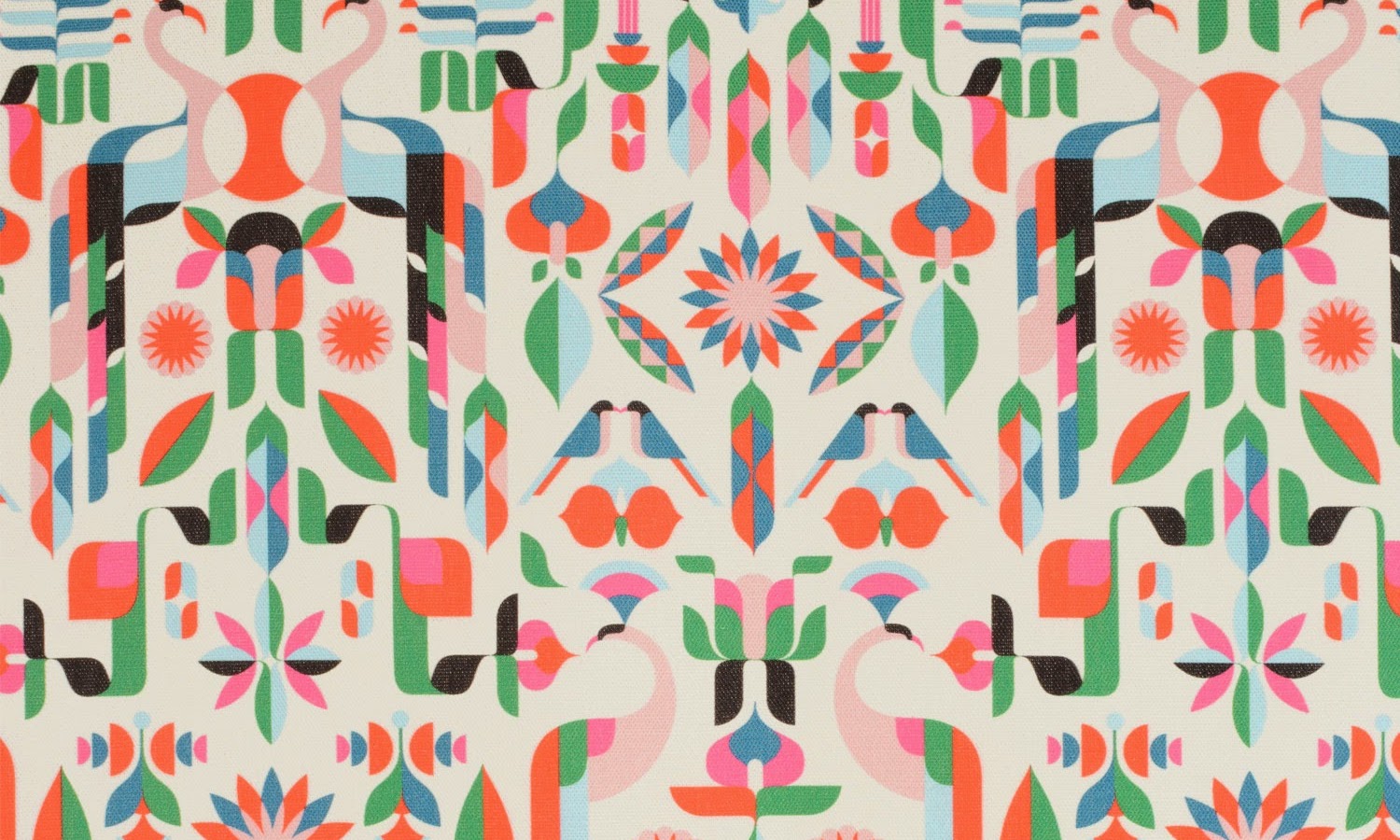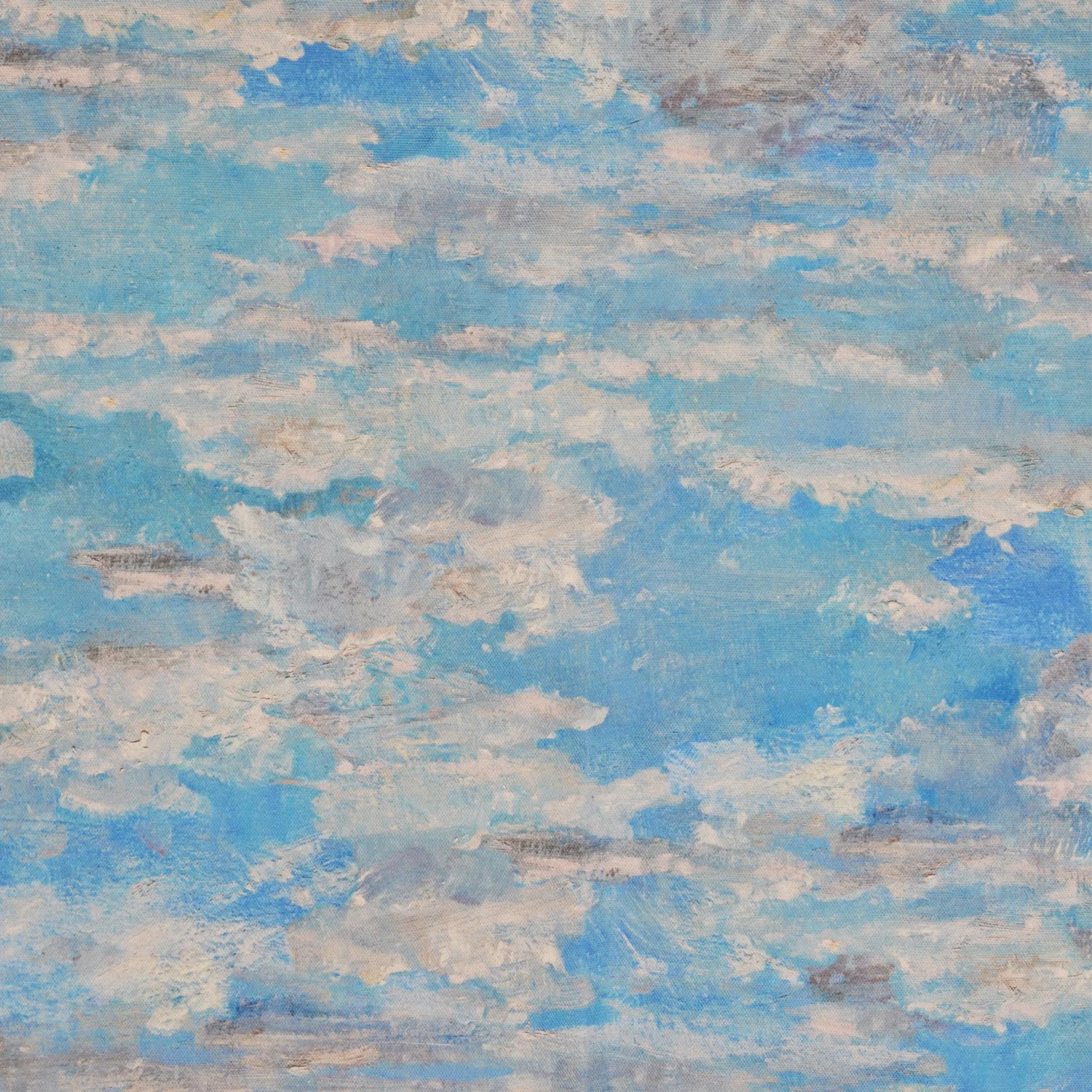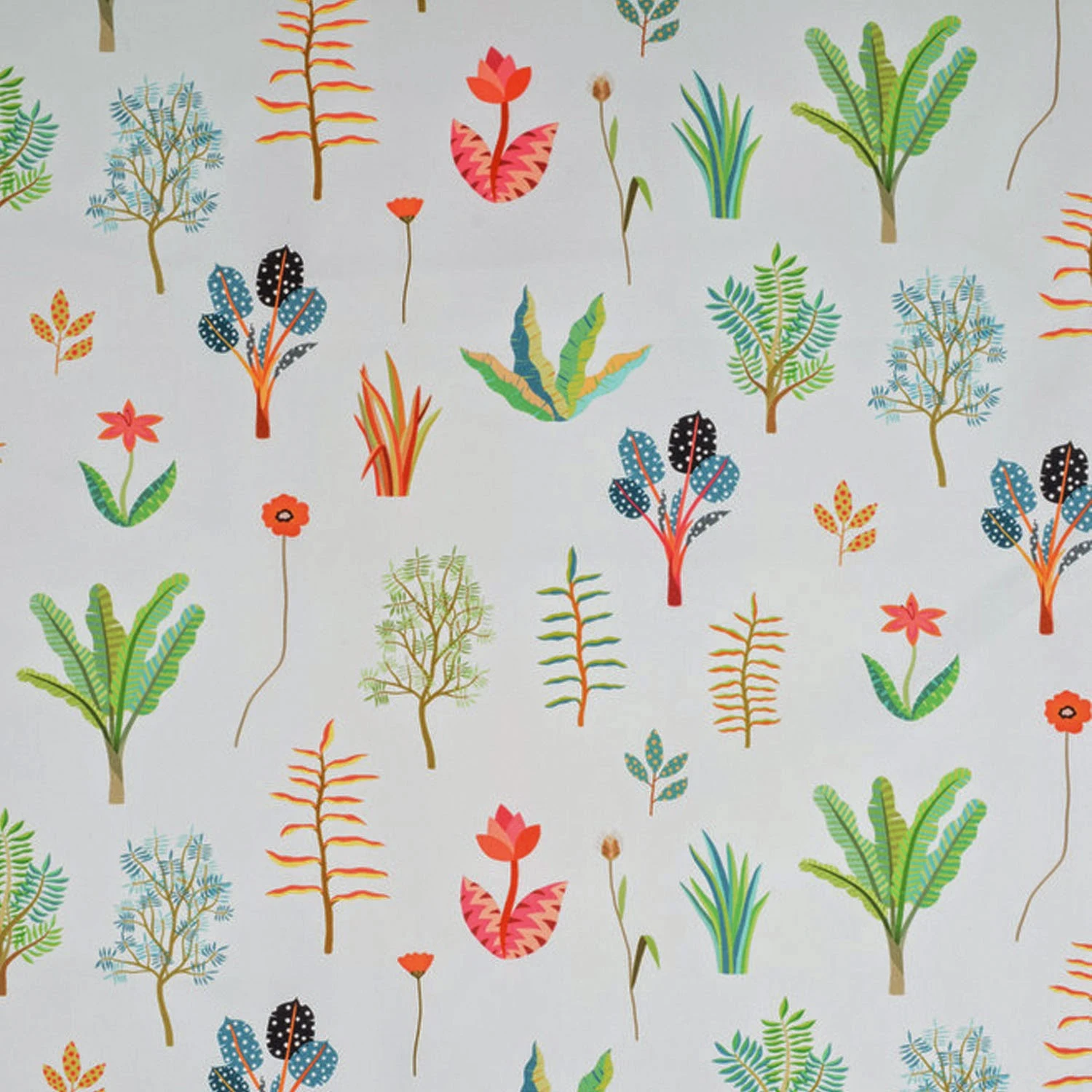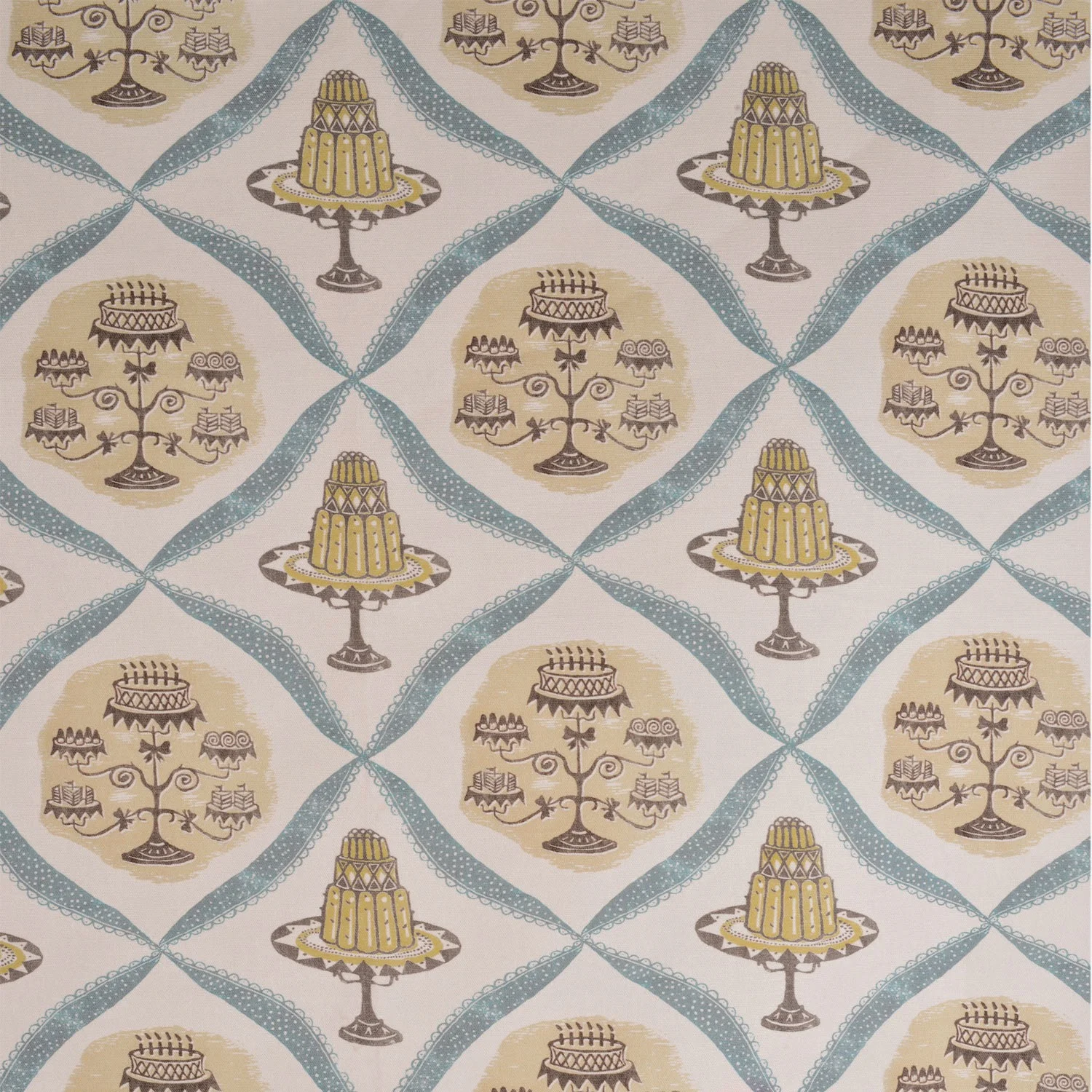This year sees the return of Heal's own-brand fabrics - the first textile collection the British interiors brand has developed since the 1970s. Named 1810 from Heal's - the year Heal's launched - the selection of patterned home accessories includes kitchen textiles, trays, cushions and stationery and aims to inspire us to be brave with pattern and colour.
After seeing a majestic peacock in her hotel on a trip to the French Riviera, Favre was inspired to create this bold, geometric design.
Building upon the heritage of working with and promoting emerging and established designers, Heal's commissioned 10 exclusive patterns that celebrate colour and individuality. Taking their inspiration from a wide range of sources, including Heal's own fabric archives, vintage illustrations, the natural world and 1940s jewellery design, each has a story and a style of its own, while also working as part of the collection.

Originally designed for Heal's in 1963, Rhodes' Top Brass 2 makes a return in the designer's signature pink colourway.

Lady Jane by Petra Borner

Lady Jane by Petra Borner
Resembling a scattered bouquet of rough cuts from the garden, the idea for Lady Jane was derived from vintage horticultural images.
A section of one of Patrick's sky paintings is repeated to create Cloud, a tranquil design that brings a natural element into the home.
An illustrative depiction of plants, flowers and trees, this Scandinavian pattern reflects the design duo's folkloristic style.
Influenced by her family's Bloomsbury Group heritage, Bell's Trees pays homage to 1930s and 1940s decorative arts and illustrations.
Taken from the late designer's 1950s archive, Teatime is thought to be inspired by illustrations in Mrs Beeton's Book of Household Management.
A slim, even stripe, inspired by Heal's own archives, as well as the colourful photography of Miles Aldridge.







